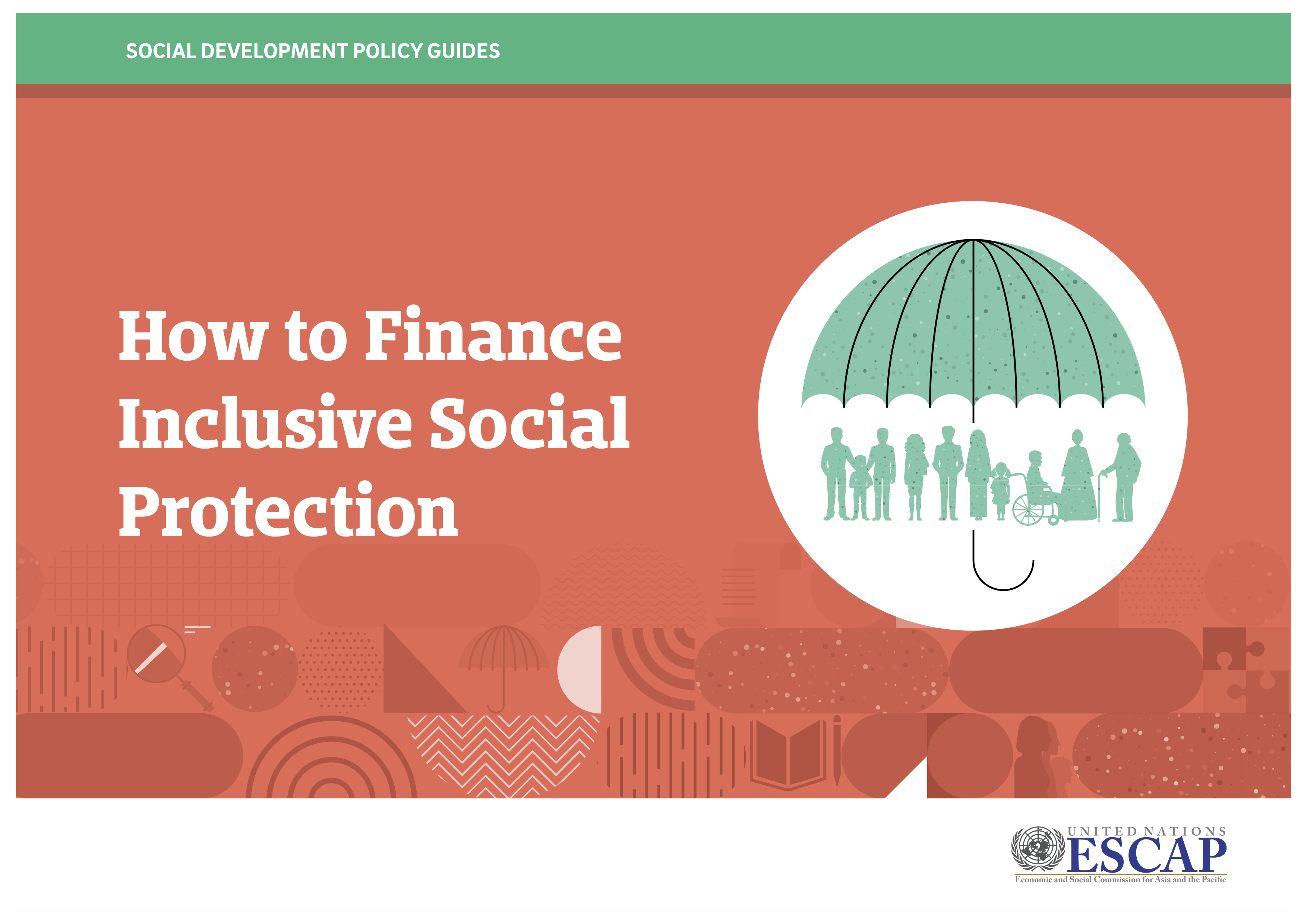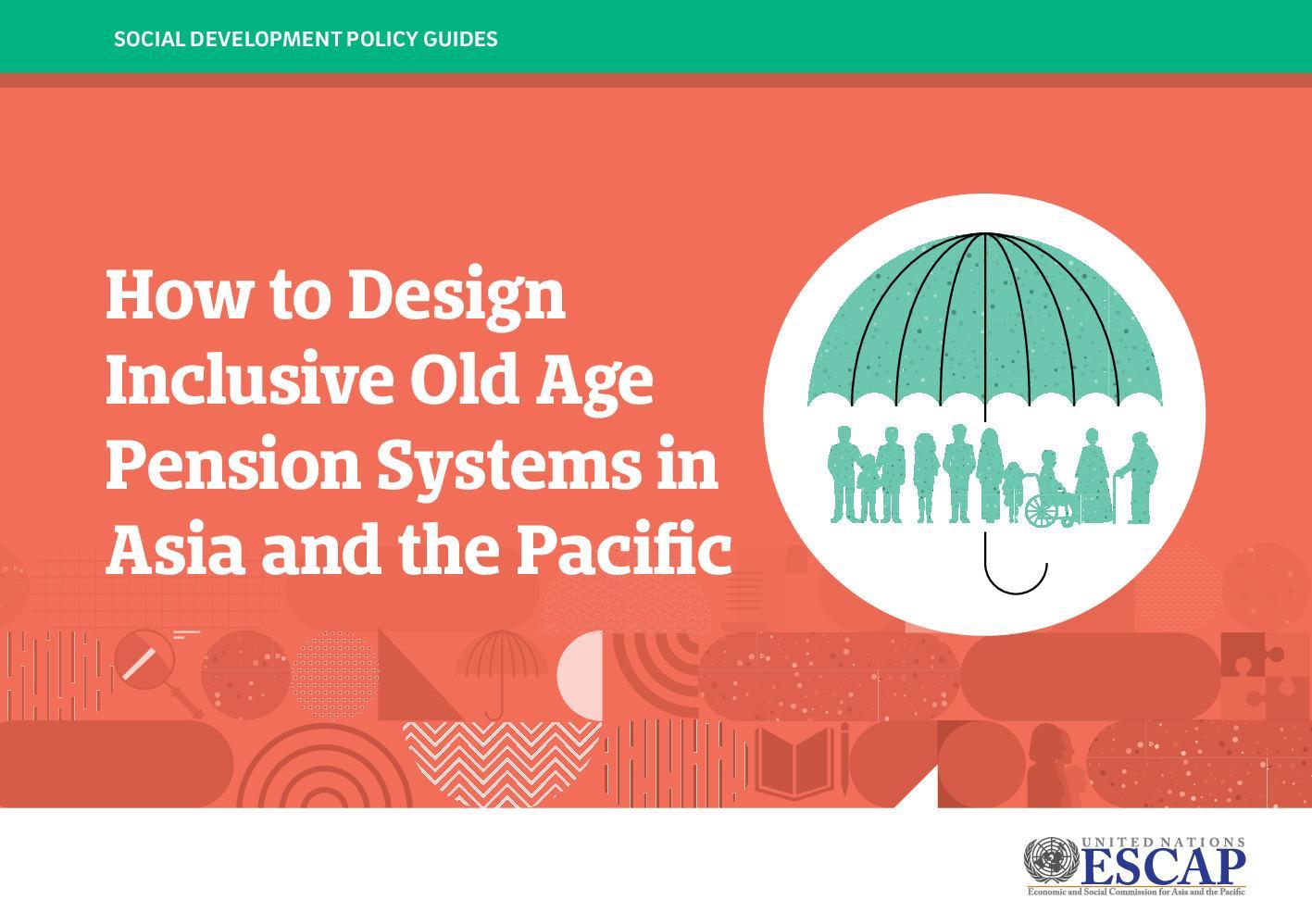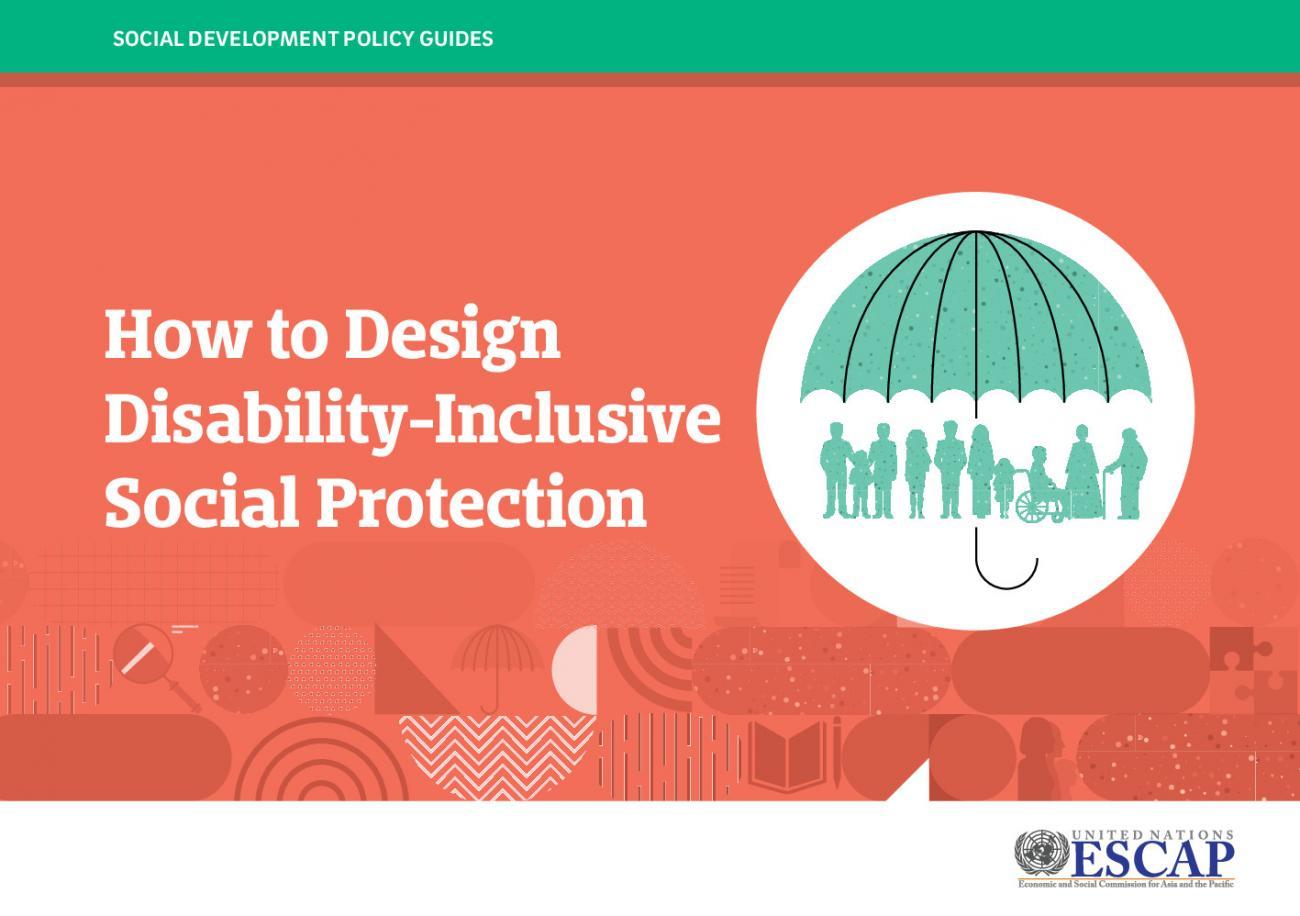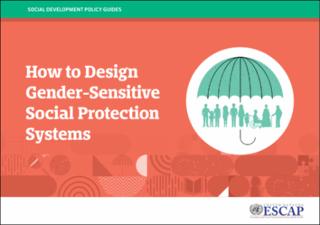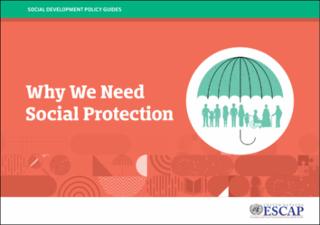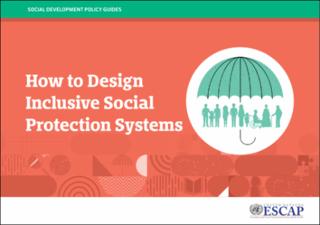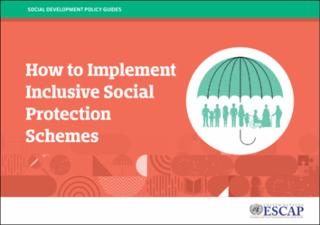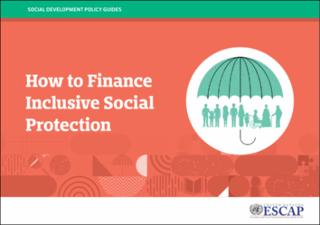How to Design Inclusive Old Age Pension Systems in Asia and the Pacific
Pension schemes protect older persons and their families facing barriers to earning an income in old age, as well as potential increases in health and other expenditures. While many people in the Asian and Pacific region continue to work into old age, labour force participation and earnings decrease at older ages. This is strongly linked to higher levels of disability and decreasing health in old age. It is related to factors such as age and gender discrimination in the workplace, legal restrictions, mandatory retirement age and cultural norms. Women are also more likely than men to be without income in old age. Disability and ill health not only create challenges for accessing paid work, but contribute to higher costs for older persons, including costs of accessing health care and personal assistance. While cultural traditions of family support to older persons have been historically strong in the region, the support provided is often insufficient, and providing this support puts pressure on household finances and employment prospects, particularly for women.
